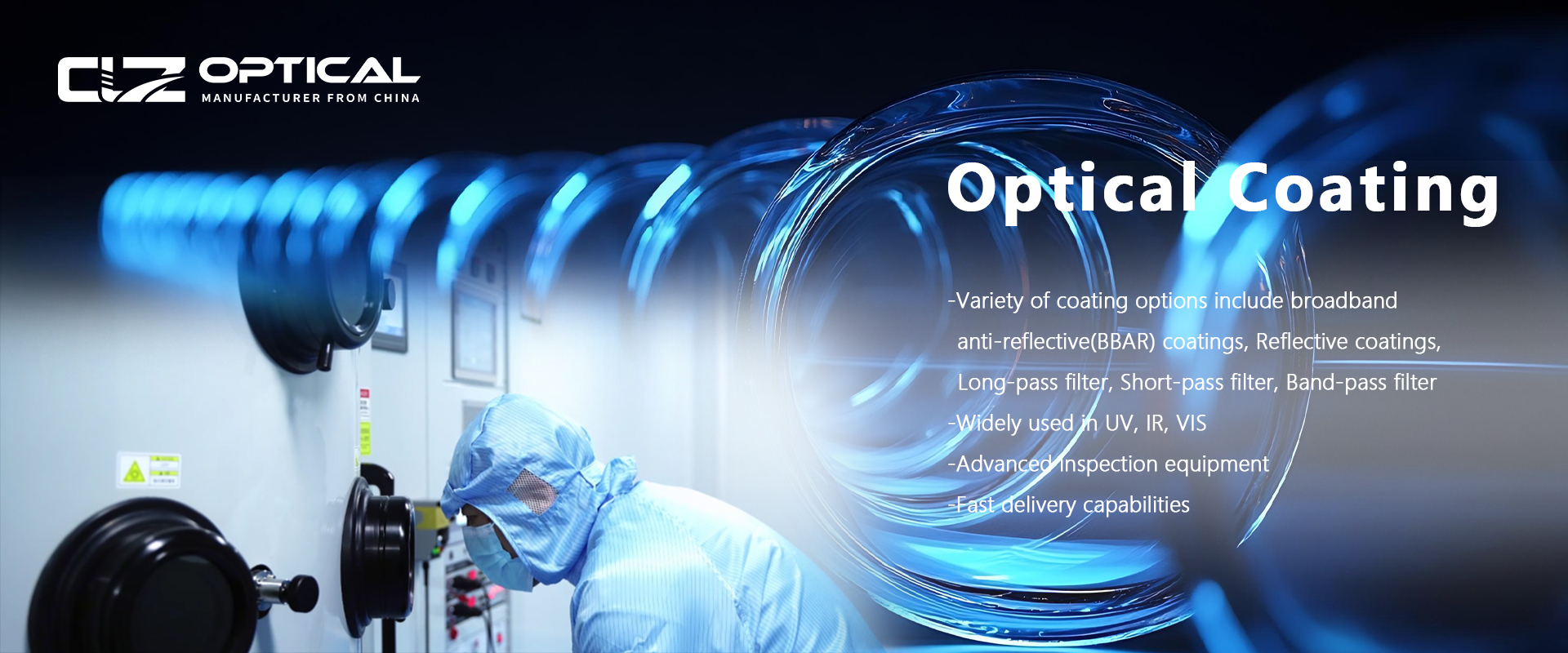What Are the Applications of Optical Domes?
Aug. 28, 2025
Optical domesare hemispherical protective components primarily used to safeguard optical sensors and imaging systems. Their spherical design provides a wide field of view while maintaining excellent optical performance. These components are manufactured using high-transmittance materials to minimize light loss during transmission. In various industrial and daily life scenarios, optical domes play irreplaceable roles.
1. Basic Characteristics
1.1 Optical Performance
Optical domes offer excellent light transmission, adapting to imaging needs across different wavebands. Their specially treated surfaces reduce reflection and glare interference. These properties make them ideal choices for optical windows, ensuring imaging systems obtain clear visual information. Additionally, dome materials possess certain UV resistance capabilities, extending the service life of internal components.
1.2 Environmental Adaptability
These components can withstand various environmental conditions, including temperature fluctuations and humidity effects. Their sealing performance prevents dust and liquids from entering the interior, protecting precision optical equipment. These features make them particularly suitable for long-term use in complex environments.
1.3 Physical Durability
Optical domes possess high mechanical strength, enduring external impacts and pressure. Their surface hardness resists scratches and wear, maintaining long service life. These properties ensure reliable operation under harsh conditions. Dome materials also exhibit certain chemical corrosion resistance, withstanding erosion from common solvents.
2. Main Applications
2.1 Industrial Monitoring
In industrial production lines, optical domes protect monitoring cameras and sensors. They resist contaminants like dust and oil, ensuring stable operation of monitoring systems. This application is particularly important in product quality inspection and equipment status monitoring. Especially in high-temperature monitoring scenarios, domes protect equipment from thermal damage.
2.2 Underwater Monitoring
In the field of underwater monitoring, optical domes provide critical protection for subsea cameras, particularly in deep-sea environments where pressure increases drastically with depth. Constructed with specially strengthened materials and pressure-resistant structural designs, optical domes can withstand extreme pressures, ensuring continuous protection of the internal camera and maintaining normal operation. Their excellent sealing performance effectively prevents seawater ingress while preserving optical transmission properties unaffected. This enables researchers to obtain clear deep-sea images via subsea cameras, offering essential technical support for marine scientific research. Furthermore, the pressure adaptability of optical domes covers various underwater working environments from shallow-sea observation to deep-sea exploration, delivering comprehensive and reliable protection solutions. They have become an indispensable component in subsea monitoring equipment, consistently advancing the development of ocean exploration technology.
2.3 Measuring Instruments
In meteorological and optical measurement applications, optical domes are widely used in precision instruments such as pyranometers and solar radiometers. Their high light transmittance and anti-interference characteristics ensure accurate measurement of solar radiation and light intensity during long-term outdoor operation, providing reliable data for climate research, renewable energy assessment, and environmental monitoring. Optical domes also effectively protect sensors from UV radiation, humidity, and temperature fluctuations, enhancing the durability and measurement consistency of the instruments. They serve as essential protective components in meteorological and optical measurement systems.
2.4 Sports and Wide-Angle Imaging
In action cameras and wide-angle imaging devices, optical domes provide crucial protection for lenses. Their hemispherical structure and high light transmittance effectively expand the field of view, reduce edge distortion, and ensure overall image clarity. With outstanding impact resistance and abrasion durability, the domes adapt to extreme environments such as high-speed motion,野外adventures, and dusty or humid conditions, safeguarding internal optical components from damage. This design not only extends the service life of the cameras but also improves image stability and reliability during dynamic shooting, meeting diverse needs in outdoor photography, documentary production, and personal recording.
3. Conclusion
Optical domes demonstrate significant value across multiple fields, thanks to their innovative curved design and advanced material properties. Their excellent optical performance and reliable environmental adaptability provide effective protection solutions for various optical systems. With expanding application requirements, optical domes will continue to drive optical protection technology to higher levels, offering sustained support for the stable operation of precision optical equipment.




















